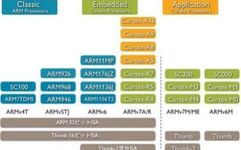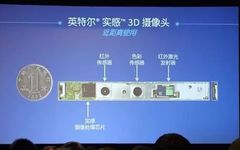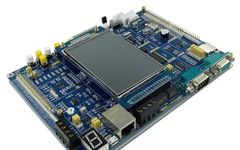Exploring Embedded Systems: How Close They Are to Us
This Saturday (September 7), I will join Teacher Xintian (the head of the embedded course) to participate in the STM32 national tour seminar in Nanjing. First, let me introduce that STM32 is a series of 32-bit microcontrollers (MCUs) produced by STMicroelectronics, designed with an ARM Cortex-M core, known for its high performance, low power consumption, … Read more









